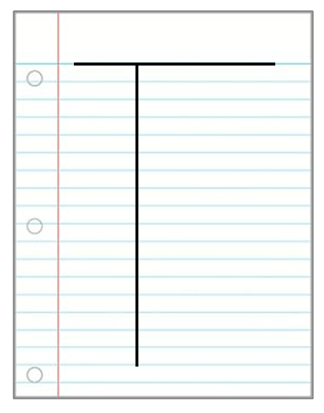 Seems we’re all on the digital bandwagon, obliviously glued to our screens, allowing tech companies to crawl into our homes and classrooms all to great applause.
Seems we’re all on the digital bandwagon, obliviously glued to our screens, allowing tech companies to crawl into our homes and classrooms all to great applause.
Costly and not just dollar-wise, in many instances, screens have compromised our kids’ well-being and their learning, as well.
As Public School Review put it in May, ’22, “Now, the K-12 public school system is getting on the e-textbook bandwagon, as several state legislators make moves to support the use of electronic textbooks in their states; public schools.”
Those in favor argue that digital textbooks are easily updated, better for the environment, pose no storage headaches, are less costly, and more equitable, too.
Sounds so good, right? Except…
Whenever print goes up against digital, in terms of comprehension—understanding and absorbing what’s read—the clear winner is print. Not only is screen time hard on the eyes, numerous studies show that digital readers spend less time with the text, are more easily distracted, understand and absorb less of the material, and get lower test scores.
Flipping back to check something read earlier, to get additional information from the appendix or look something up in the subject index becomes quite a screen time feat.
So, I’m back on the old school soapbox again, and, if your kid is struggling in school, maybe you should hop on up here with me. Start by printing out those assigned chapters and then follow the lead of Francis Robinson.
Way back in 1941, he developed the all-time best study method: SQ3R: Survey, Question, Read, Recite, Review.
It takes more upfront time for sure but pays off big time in learning, improved test scores, too. No more passive, inattentive reading, no more rereading to prep for a test, no more disappointing grades.
SURVEYING: Done by checking out main ideas, summaries, end-of-chapter questions, graphics, etc.
QUESTIONING: Instead of mindlessly turning pages and quickly forgetting, your child thinks about the information and jots down pertinent questions—with a 2-column twist:
- Fold a sheet of notebook paper leaving a 2”-wide left-hand margin for recording questions using abbreviations and sentence fragments, not complete sentences.
- Use WHO, WHAT, WHERE, WHY, WHEN & HOW to turn headings and sub-headings into questions.
- Ditto for main ideas (usually found in the first sentence in a textbook paragraph, occasionally in the last.)
- Jot down any in-the-margin and end-of-chapter questions, too.
- Include bold-faced or italicized vocabulary, and write them out flash cards, as well.
READING: Once all those important questions are noted in the left-hand column, your child actively reads the chapter, finding the answers and jotting them down alongside their respective questions, thus creating a 2-column study guide.
RECITING: The most effective study method around…
- The paper is now folded, so your child sees only the questions. Then OUT LOUD, s/he asks and answers them. Whenever stumped, a quick flip of the paper reveals the answer. That’s recited, then the same question is asked again, the answer repeated.
- And so on.
REVIEWING: Repetition is a powerful memory aid, too, and reciting from 2-column notes and flash cards a few times a week all but guarantees learning and remembering—something rereading a chapter and/or cramming can’t do. And with the 2-column notes in hand, you can easily quiz your child, too.
Old school for sure but a learning sure bet that it checks all the boxes. (And if your child needs proof that it works, consider doing the question piece for a chapter or two yourself, leaving the other steps up to him/her.)
With thanks, Carol